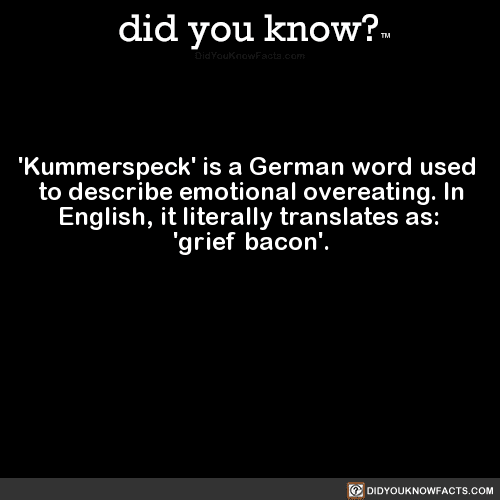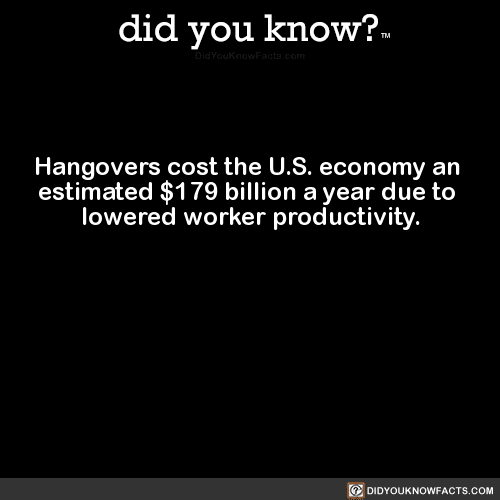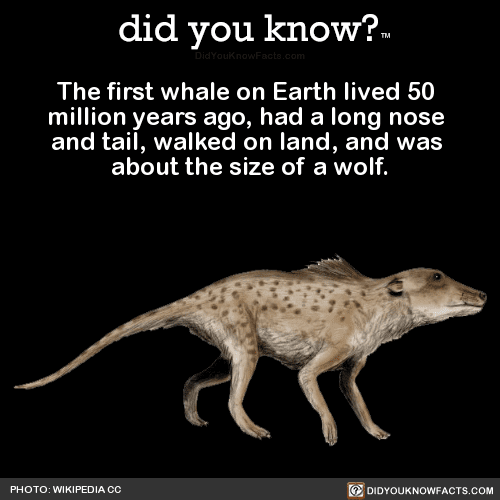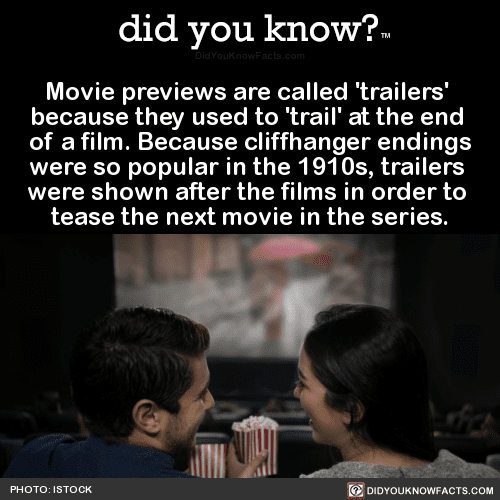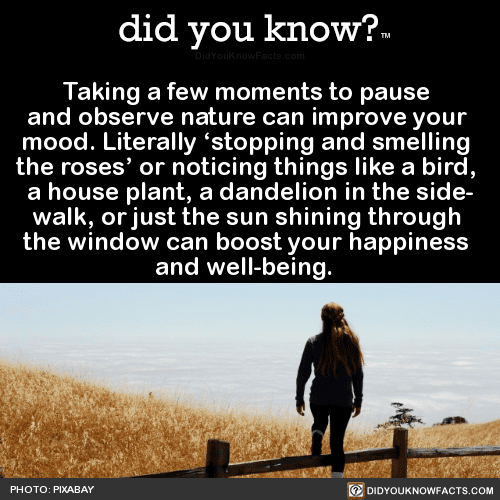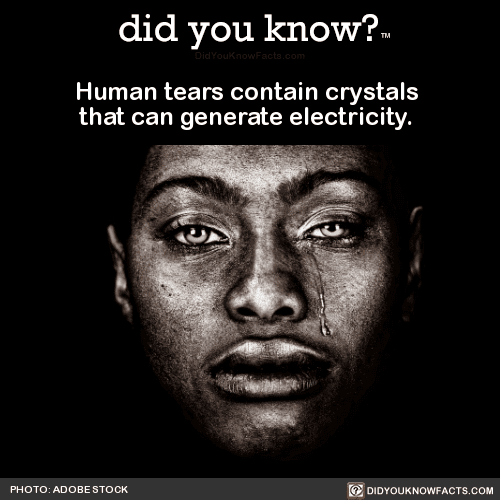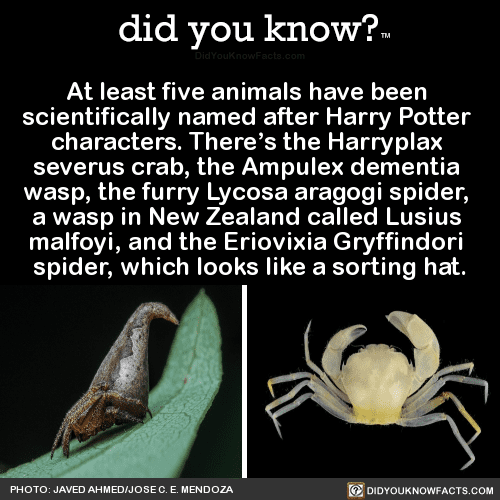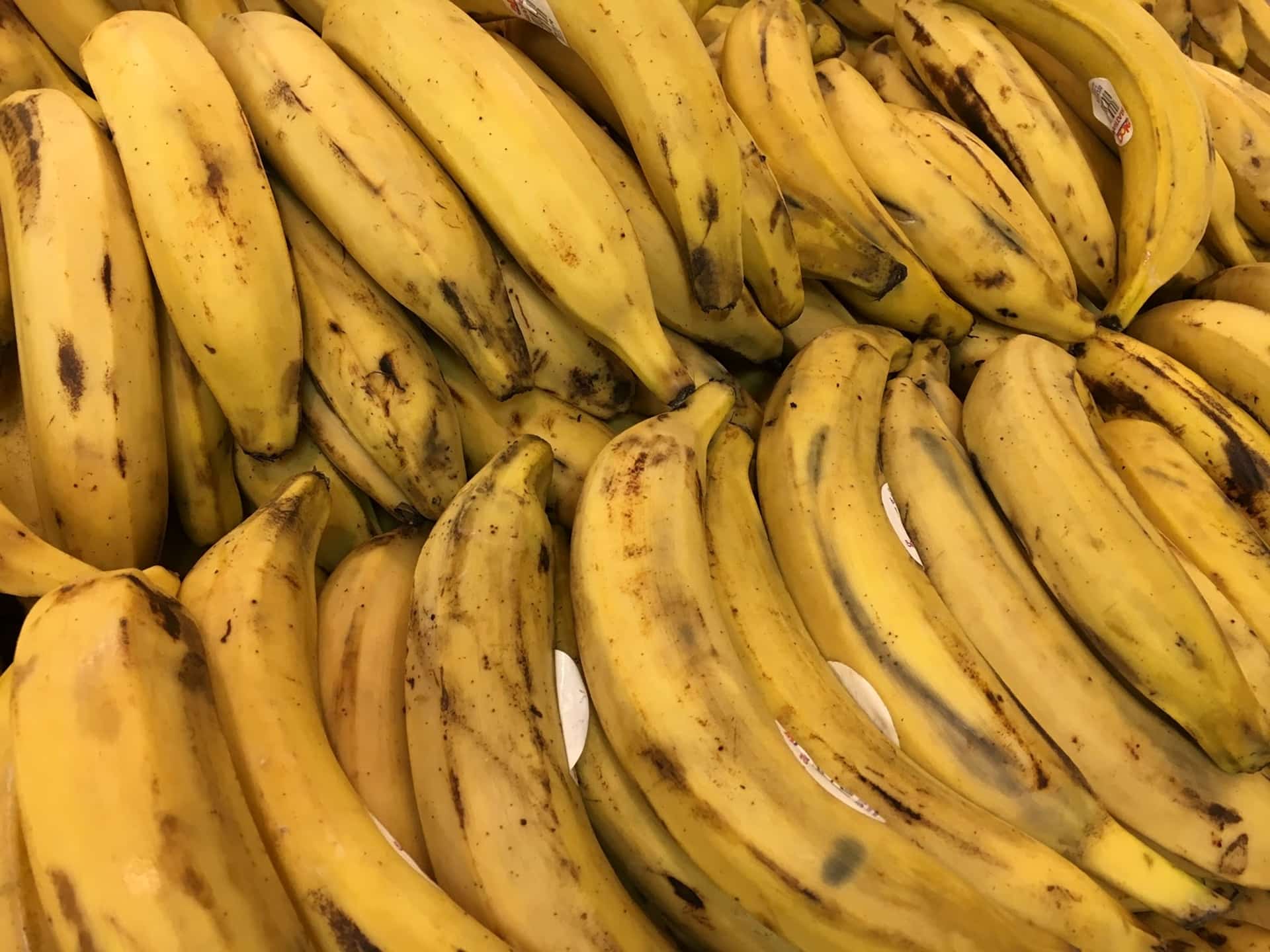Many vegans aren’t exactly subtle about their beliefs. But one vegan in Australia really took things several steps too far when she sued her neighbor for barbecuing in their own backyard.
Cilla Carden is a vegan massage therapist from Girrawheen, Australia. She claims that her neighbors intentionally barbecued fish in their backyard to bother her.
“They’ve put [the barbecue] there so I smell fish, all I can smell is fish. I can’t enjoy my back yard, I can’t go out there,” Cilla told Nine News Perth.
“It’s deliberate, that’s what I told the courts, it’s deliberate.”
Photo Credit: iStock
To repeat: the argument is that they are deliberately cooking in their own backyard in order to waft the scent of fish, which Cilla does not eat as she is vegan, into Cilla’s yard. To…punish her? Or something?
This seems to be a case of a long-running neighborly feud. Cilla is not only bothered by the barbecuing, but also by her neighbors’ cigarette smoke and the sounds of their children playing, both of which drift into her own yard.
So, she filed a lawsuit in the Supreme Court of the state of Western Australia, accusing her neighbors of breaching residential laws. The legal battle has dragged on since 2017. Her case was thrown out by a tribunal and a Supreme Court judge. Cilla filed an appeal, but that was thrown out too.
“What they are doing is living in their backyard and their home as a family,” said the State Administrative Tribunal of Western Australia.
Photo Credit: iStock
Cilla’s neighbors have reportedly conceded to some of Cilla’s demands. They removed the barbecue and banned their kids from playing basketball in the yard.
But Cilla plans to continue fighting them in court.
The post A Vegan Woman Demanded Her Neighbor Stop Using Meat on the Barbecue Because of the Smell appeared first on UberFacts.





 : @like.a.bossen – Thicc fries save lives. 8/10 for deep fried saviors . . . . #fries #fryday #fry #frenchfries #friesoverguys
: @like.a.bossen – Thicc fries save lives. 8/10 for deep fried saviors . . . . #fries #fryday #fry #frenchfries #friesoverguys ¿Estás en busca de un snack con un exquisito sabor a queso cheddar? Estas Pringles serán tu mejor opción. . Como sabemos que te encantan las traemos para que disfrutes en cualquier momento del día.
¿Estás en busca de un snack con un exquisito sabor a queso cheddar? Estas Pringles serán tu mejor opción. . Como sabemos que te encantan las traemos para que disfrutes en cualquier momento del día. 
 . #delicioso #sabor #queso #cheddar #pringles #exclusive #market #pzo #ciudadguayana #puertoordaz #exclusivemarketve
. #delicioso #sabor #queso #cheddar #pringles #exclusive #market #pzo #ciudadguayana #puertoordaz #exclusivemarketve
 Roti Tawar #rotitawar#whitebread#bread#homemade#homebaked#baking#instafood#foodstagram#foodgasn#like4like#follow4follow
Roti Tawar #rotitawar#whitebread#bread#homemade#homebaked#baking#instafood#foodstagram#foodgasn#like4like#follow4follow Located in the heart of the loop near the theater district, it’s a perfect location on State Street. Being the burger snob that I am, I had to try the “Atwood Burger.” @slagelfamilyfarm beef, American cheese, special sauce, pickles and romaine I love a medium rare, rare burger and the fact that they nailed mid rare on two thin patties is amazeballs. The beef was flavorful, juicy, and the bun to burger ratio was perfect
Located in the heart of the loop near the theater district, it’s a perfect location on State Street. Being the burger snob that I am, I had to try the “Atwood Burger.” @slagelfamilyfarm beef, American cheese, special sauce, pickles and romaine I love a medium rare, rare burger and the fact that they nailed mid rare on two thin patties is amazeballs. The beef was flavorful, juicy, and the bun to burger ratio was perfect  @joshuanmeyer – let me know the next time you are in the city – you’d love this burger! @ww peeps might be thinking
@joshuanmeyer – let me know the next time you are in the city – you’d love this burger! @ww peeps might be thinking  “Biz, that’s so many points!” But I ate half my plate, counted it as 17 points, loved every bite and I’m moving on. That’s the best part about @ww is that you never have to give up the foods you love – you can always make it work. I am now adding this burger into my Top 5 that I’ve tried in Chicago! My sister @jenncooks got the Nashville hot chicken sandwich and it was delicious too
“Biz, that’s so many points!” But I ate half my plate, counted it as 17 points, loved every bite and I’m moving on. That’s the best part about @ww is that you never have to give up the foods you love – you can always make it work. I am now adding this burger into my Top 5 that I’ve tried in Chicago! My sister @jenncooks got the Nashville hot chicken sandwich and it was delicious too  Raise your hand
Raise your hand  if you want a bite
if you want a bite 



 : @erinliveswhole
: @erinliveswhole